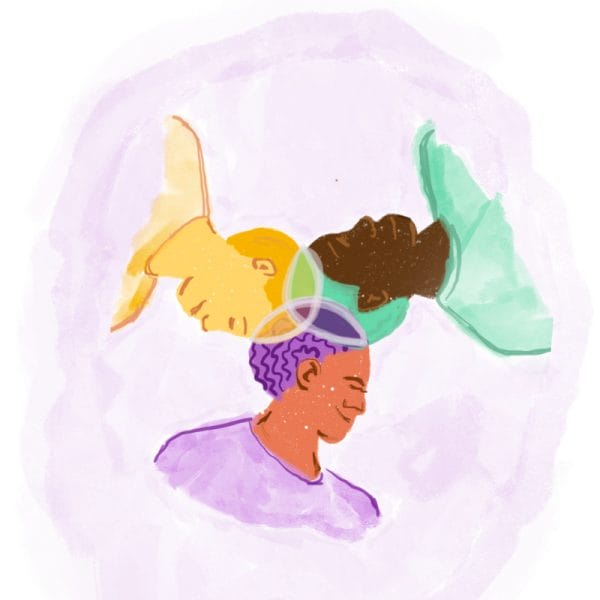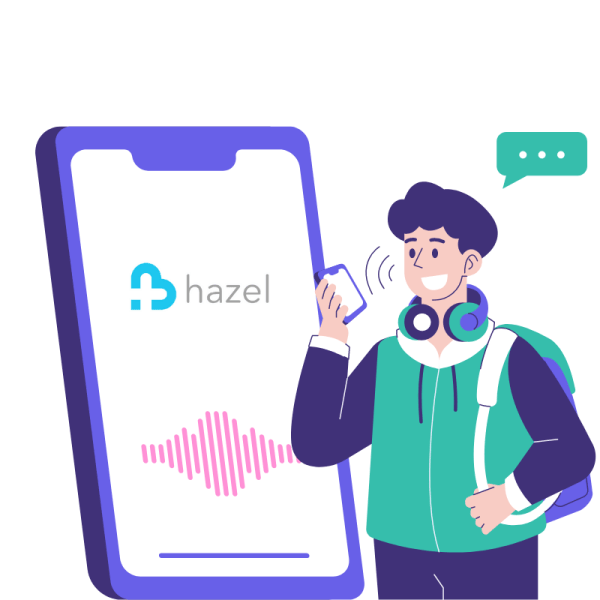An Instagram-based cessation program to help teens quit vaping
Youth vaping is a significant public health concern—from its implications for physical and mental health to its COVID-associated risks. The good news is that 45% of teens who vape want to quit. Traditional cessation programs often fail, so we examined the quitting journey, got rid of the tradition, approached quitting with compassion, and created a brand-new vaping cessation support group for young people called Quit the Hit.
Quit the Hit supports teens and young adults by delivering an evidence-based vaping intervention in a widespread, engaging, socially-supportive manner. The cessation support group is a 30-day intervention that teaches young people how to quit vaping through group chats on Instagram.
 Quit the Hit provides 30 days of online vaping cessation support in groups of 10-15 teens with active moderation by a cessation guide.
Quit the Hit provides 30 days of online vaping cessation support in groups of 10-15 teens with active moderation by a cessation guide.
Get support now!
Understanding the path to quitting and the opportunity space
In order to create a solution to quitting vaping, we needed to understand more about the meaning and realities of vaping for young people. During in-depth, guided conversations, we talked to nearly 300 teens about their lives, vaping, and why they wanted to quit, and what was hard about quitting, since many had tried, without support or success, before. From those conversations, we were able to develop a story, not necessarily representative of all teens—or even the majority—about the experience of vaping that would guide us in our design decisions.
Teen vaping most often begins in social situations, with young people often using a peer’s device when they vape for the first time. It often feels exciting at first; not only is it part of a shared social experience, but the high from nicotine is changing the chemistry of the young teen brain. In the moment, though, it feels calming, exciting, dizzying—all at once.


 “I’m too dependent on this—if I don’t have this, then I’m angry, I’m withdrawing. And like it’s all I can think about I can’t focus.”
“I’m too dependent on this—if I don’t have this, then I’m angry, I’m withdrawing. And like it’s all I can think about I can’t focus.”

 How do you design a vaping cessation program that feels like a breath of fresh air?
How do you design a vaping cessation program that feels like a breath of fresh air?
 For more information on bringing Quit the Hit to your community, contact:
For more information on bringing Quit the Hit to your community, contact:


